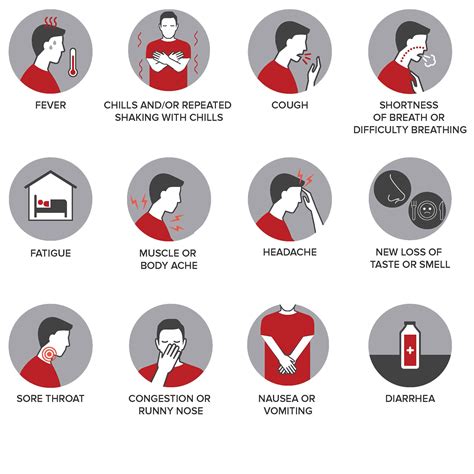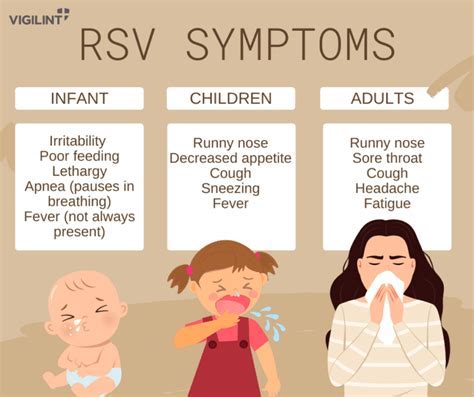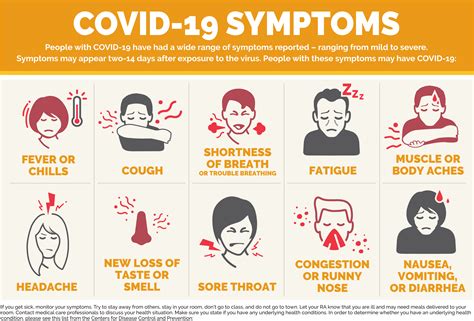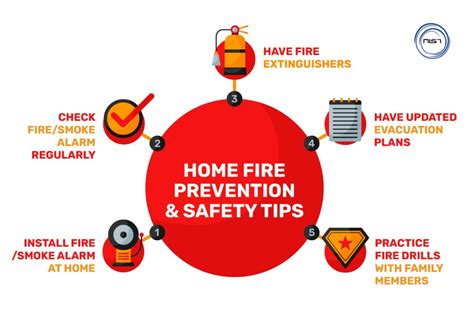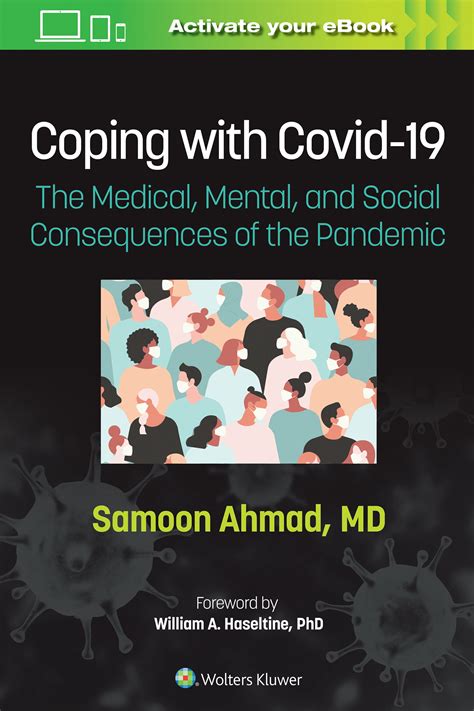The COVID-19 pandemic has been a significant global health concern for several years, with the virus affecting millions of people worldwide. Understanding the symptoms of COVID-19 is crucial for early detection, treatment, and prevention of the spread of the virus. COVID-19 symptoms can range from mild to severe and can vary from person to person. In this article, we will delve into the 7 common COVID symptoms, their severity, and what to do if you experience them.
The importance of recognizing COVID symptoms cannot be overstated. Early recognition of symptoms allows for prompt medical attention, reducing the risk of complications and the spread of the virus to others. Furthermore, understanding the symptoms of COVID-19 helps in distinguishing it from other respiratory illnesses, ensuring appropriate treatment and care. As the pandemic continues to evolve, staying informed about COVID symptoms is essential for protecting oneself and the community.
The COVID-19 virus is highly contagious, and its symptoms can be similar to those of other viral infections. However, there are distinct symptoms that are commonly associated with COVID-19. These symptoms can be mild, moderate, or severe, depending on the individual's health status and the strain of the virus. It is essential to be aware of these symptoms to seek medical attention promptly if they occur. The 7 common COVID symptoms are a critical area of focus for healthcare professionals and the general public alike.
Introduction to COVID Symptoms
COVID-19 symptoms can start as early as 2 days after exposure to the virus or as late as 14 days. The most common symptoms include fever, cough, and shortness of breath or difficulty breathing. Other symptoms may include fatigue, headache, sore throat, runny nose, or stuffy nose. Gastrointestinal symptoms like nausea, vomiting, and diarrhea have also been reported in some cases. Understanding the range of symptoms is vital for early detection and response.
7 Common COVID Symptoms
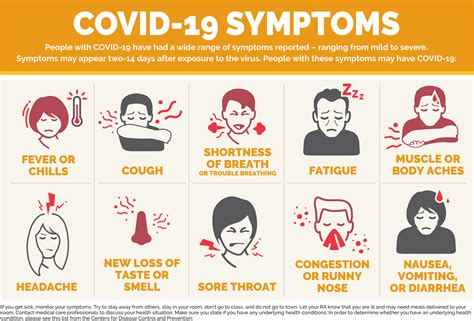
The 7 common COVID symptoms are:
1. **Fever**: A high body temperature, usually above 100.4°F (38°C), is a common symptom of COVID-19. Fever can be accompanied by chills, sweating, and a general feeling of being unwell.
2. **Cough**: A dry cough or a cough with mucus is another prevalent symptom. The cough can be mild or severe and may worsen over time.
3. **Shortness of Breath**: Difficulty breathing or feeling winded even when sitting still or engaging in light physical activity is a concerning symptom that requires immediate medical attention.
4. **Fatigue**: Feeling extremely tired or weak, even after resting, is common among COVID-19 patients. This fatigue can interfere with daily activities and overall quality of life.
5. **Headache**: A headache can range from mild to severe and is often described as a dull, throbbing pain.
6. **Sore Throat**: A sore throat can make swallowing painful and may be accompanied by a runny nose or stuffy nose.
7. **Muscle or Body Aches**: Pain or discomfort in the muscles, back, or other parts of the body can occur, similar to what is experienced during the flu.
Understanding the Severity of Symptoms
The severity of COVID-19 symptoms can vary significantly among individuals. Some people may experience mild symptoms that resemble a common cold, while others may develop severe symptoms that require hospitalization. Factors such as age, underlying health conditions, and the presence of a strong immune response can influence the severity of symptoms. It is crucial to monitor symptoms closely and seek medical care if they worsen or if there are concerns about the severity of the illness.
What to Do If You Experience COVID Symptoms
If you experience any of the common COVID symptoms, it is essential to take immediate action. First, isolate yourself from others to prevent the spread of the virus. Then, contact a healthcare provider or a local health department for guidance on testing and treatment. If symptoms are severe, such as difficulty breathing, chest pain, or severe headache, seek emergency medical care. Staying hydrated, resting, and using over-the-counter medications to manage symptoms like fever and cough can help alleviate discomfort while awaiting medical evaluation.
Prevention and Protection
Preventing the spread of COVID-19 is a collective effort that requires adherence to public health guidelines. Vaccination is a critical tool in preventing severe illness and reducing the risk of transmission. Additionally, practices such as wearing masks, maintaining social distancing, regularly washing hands with soap and water, and avoiding close contact with individuals who are sick can significantly reduce the risk of infection. Staying informed about local outbreaks and following travel advisories can also help in avoiding areas with high transmission rates.
Coping with COVID-19
Coping with COVID-19, whether as a patient or as part of the community, requires resilience and support. For those experiencing symptoms, focusing on recovery, following medical advice, and staying connected with loved ones can provide emotional support during a challenging time. Community-wide, promoting a culture of care, understanding, and compliance with health measures can help mitigate the impact of the pandemic. Mental health support is also crucial, as the pandemic can cause significant stress, anxiety, and feelings of isolation.
Looking Forward
As we move forward in the pandemic, continued vigilance and adaptability are key. Advances in medical science, including the development of vaccines and treatments, offer hope for managing and eventually overcoming COVID-19. However, until the virus is under control globally, it is essential to remain informed, follow public health guidelines, and support one another through the challenges posed by the pandemic.
What are the most common symptoms of COVID-19?
+
The most common symptoms include fever, cough, and shortness of breath or difficulty breathing, along with other symptoms like fatigue, headache, and sore throat.
How long do COVID-19 symptoms take to appear after exposure?
+
COVID-19 symptoms can start as early as 2 days after exposure to the virus or as late as 14 days.
What should I do if I experience severe COVID-19 symptoms?
+
If you experience severe symptoms such as difficulty breathing, chest pain, or severe headache, seek emergency medical care immediately.
How can I prevent the spread of COVID-19?
+
Preventing the spread of COVID-19 involves getting vaccinated, wearing masks, maintaining social distancing, regularly washing hands, and avoiding close contact with individuals who are sick.
Where can I find reliable information about COVID-19?
+
Reliable information about COVID-19 can be found on official health websites, such as the World Health Organization (WHO) and the Centers for Disease Control and Prevention (CDC), as well as through local health departments and healthcare providers.
In conclusion, understanding the 7 common COVID symptoms is a critical step in the fight against the pandemic. By recognizing these symptoms, taking appropriate action, and adhering to preventive measures, we can work together to reduce the spread of COVID-19 and support those affected. We invite you to share your experiences, ask questions, and seek information to stay informed and protected against COVID-19. Together, we can navigate the challenges of the pandemic and look forward to a healthier future.
